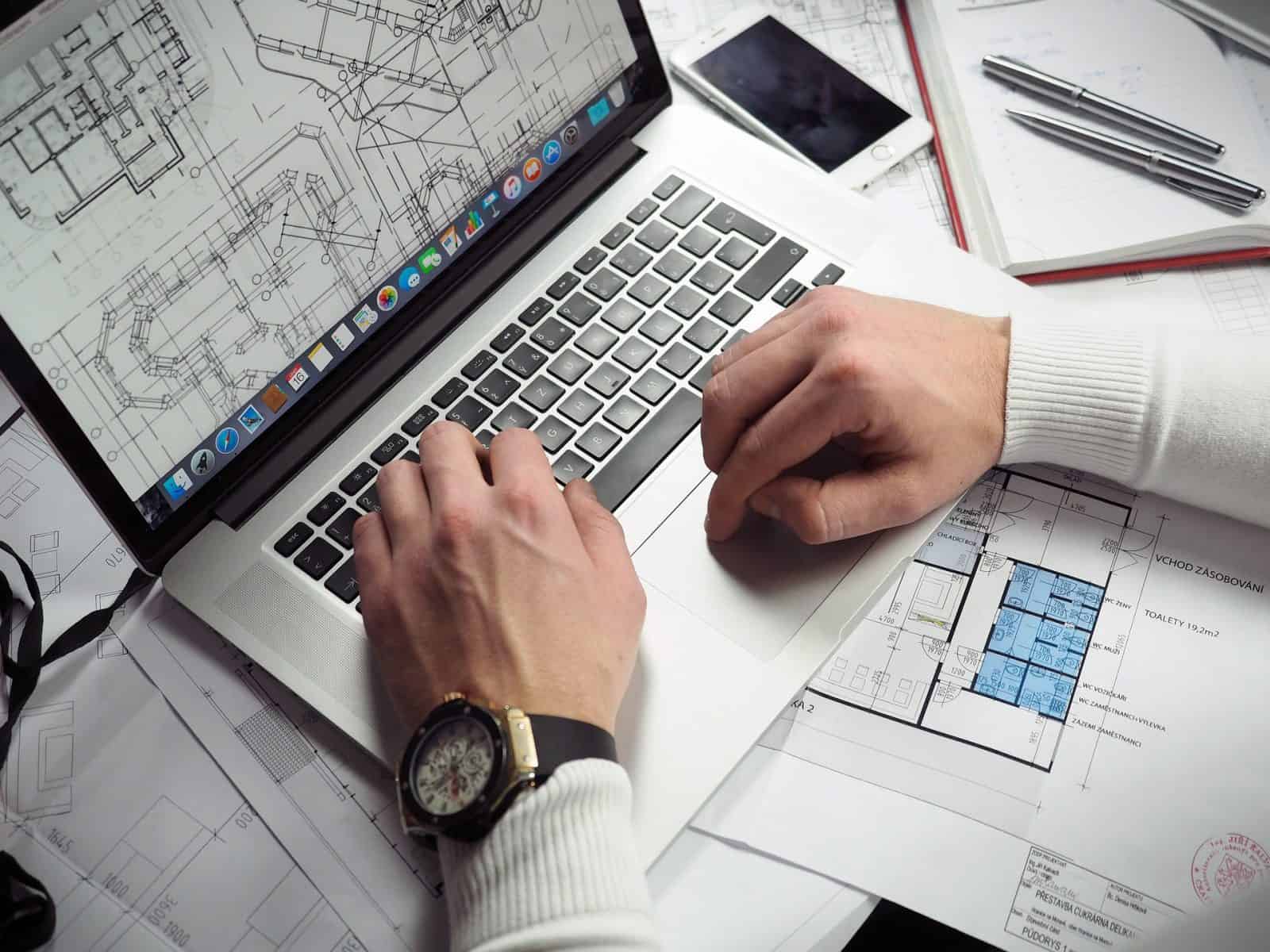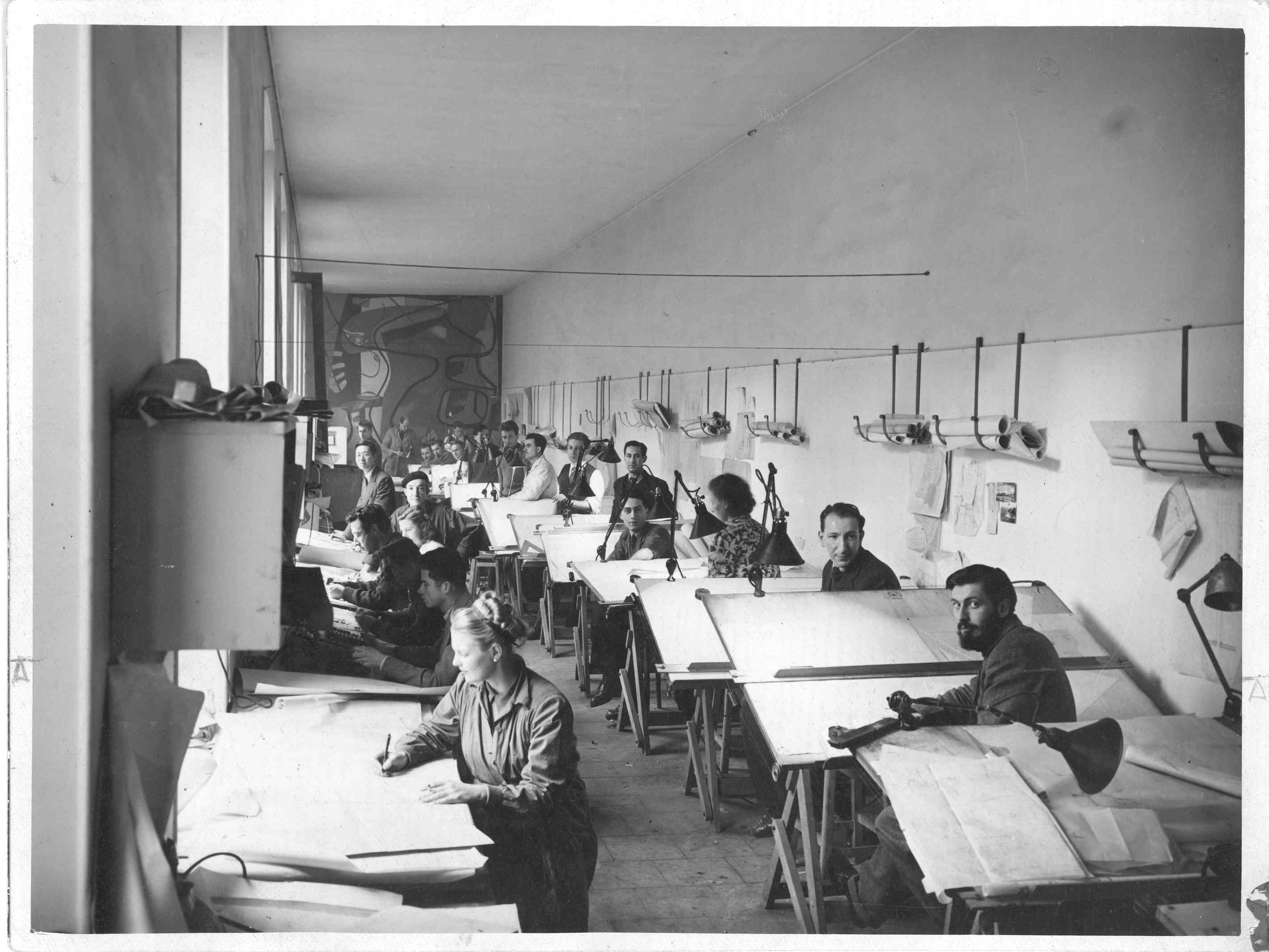Project Management software for Architects. Why you need it?
Why use a project management software as an architect. What are the benefits? To save time, be more efficient and have a global view on the project progress.

An architecture project management platform is a software that streamlines decision-making, communication, and task assignment within an organization.
But why is it an important productivity hack to use a project management app for architecture & construction projects? Let's take time to examine that subject in detail.
Architecture projects are long and complex
Architecture projects are long and complex. Any architecture professional will tell you that! The average duration of study stage from concept design to construction is 1,5 to 2 years. Architecture projects are usually divided into stages: sketch, study, construction...
Often the stages are managed by different specialists. Thus, information needs to be effectively communicated internally, such as when a new stage is getting started or there is a new person onboard.
Also, architecture projects are, by essence, realizations of collaborative team effort. It involves different professionals during the study stage, and even more in the construction stage. All these architecture professionals do not have the same culture of communication, work schedule, and drawing tools. Good and fluid communication is key in achieving a quality and inspired architecture project.
The files on the server do not tell the full project story

The traditional method is to have a folder on the hard drive of the architecture firm server, with sub-folders grouping the files of each phase.
This is an effective system in storing :
- all the files and versions of the models /drawing (such as Revit, AutoCAD)
- the images files (such as Photoshop, InDesign)
- as well as the exported or imported document including spreadsheets, documents, and PDF files.
Unfortunately, no matter how many the folders are, they do not provide any orientation about how to interpret all those documents. What is the current version of the project? Which conclusion of the meeting was accepted? Who is doing what?
All those questions need to be answered one by one by the architects who are working on the project. Hopefully, they are still available at the time when you need them and even still in the company! A new architect, coming on a project at a later stage, would need to be briefed in depth to put all those assets together.
Using an architecture project management software is an efficient way to collaborate
Collaboration and communication about a project are generally done by a mix of emails, phone calls, and meetings, both face-to-face or via video chat. All forms of communication have their advantages and drawbacks.
Architecture project management tools do not intend to replace those communication channels. On the contrary, it can offer a platform on which all those exchanges could be somewhat centralized and formalized. For example, when something needs to be done, you could go to your coworker desk and ask him to do that task.
But how do you follow up on the progress?
What if you travel a lot and do not find a time schedule for that? With a BIM project management application, you simply create a task, assign it to your coworkers and write down what needs to be done along with links to files he needs to look at. He will be notified.
You can follow up this task, schedule a deadline, prioritize it, mark it done, and archive. But of course, you still can visit your coworker’s desk! But you can then concentrate on the more important, and not tell him the whole story.

Collaboration at Le Corbusier design studio
What are the main features of a project management software
So what a project management software needs to have to streamline your project collaboration :
- Task management: List all the tasks that need to be done in a project
- Planning tools: Plan the next stages of a project and see it either in a Gantt style or calendar style
- Chat or discussion: Discuss on the project instead of email, to have all the discussion in the same platform, have the discussion related to the specific topic (structured discussed) and make archival easier when the project in over.
- Teams and right management: Give access to the projects and topics only to people who need and who allow having access to it.
- PDF annotation, BIM and IFC viewer : As we are architects, we need to contextualize the topic to a specific part of a model whether the model be shared as a BIM model, as an IFC.
- Version management and history: When the project last, you will probably don't want to see all the topics that you cared about in the beginning. So it is necessary to be able to filter the topics, archive them when they are closed, and management the version of the BIM model the topics refer to.
Summary
I hope you have a better idea of why you require a project management software to improve your efficiency at working on different architecture projects in parallel with your team and more importantly meet the deadline.
To choose the best project management software for architects, we wrote a comparison of the one that we think are the best on the market.
This list includes Bricks, the agile project management for Architects, we are developing as architects our self. As we were bored with bad organization, working at night and not meeting the deadlines. I encourage you to give it a try as well :)




